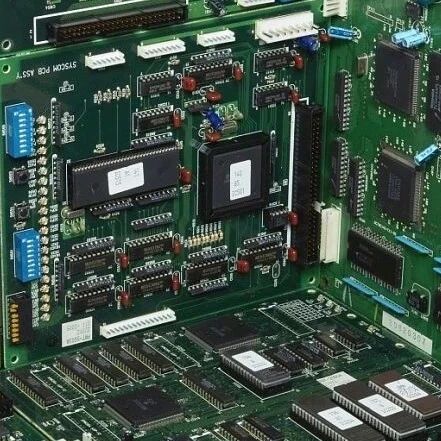Scheduling Strategies in RTOS Applications
Transitioning from bare-metal (front-back architecture) software development to using a Real-Time Operating System (RTOS) can be a challenging task. However, there are many advantages to using an RTOS, such as simplifying application integration and supporting task preemption scheduling. This becomes meaningful when developers use complex 32-bit microcontrollers and have sufficient Flash and RAM space. Many … Read more



